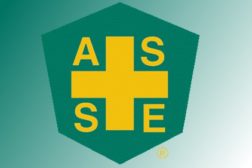Home » Keywords: » hazard recognition
Items Tagged with 'hazard recognition'
ARTICLES
Train workers to accurately see hazards & report what they find
The Hazard Hunt will never be the same
July 29, 2019
From Safety 2015
Understanding and influencing risk tolerance
Why did the worker do that?
June 9, 2015
ASSE’s Professional Safety Journal:
The Challenges in Achieving Perfect Workplace Safety
April 10, 2015
Become a Leader in Safety Culture
Build your knowledge with ISHN, covering key safety, health and industrial hygiene news, products, and trends.
JOIN TODAYCopyright ©2025. All Rights Reserved BNP Media.
Design, CMS, Hosting & Web Development :: ePublishing









